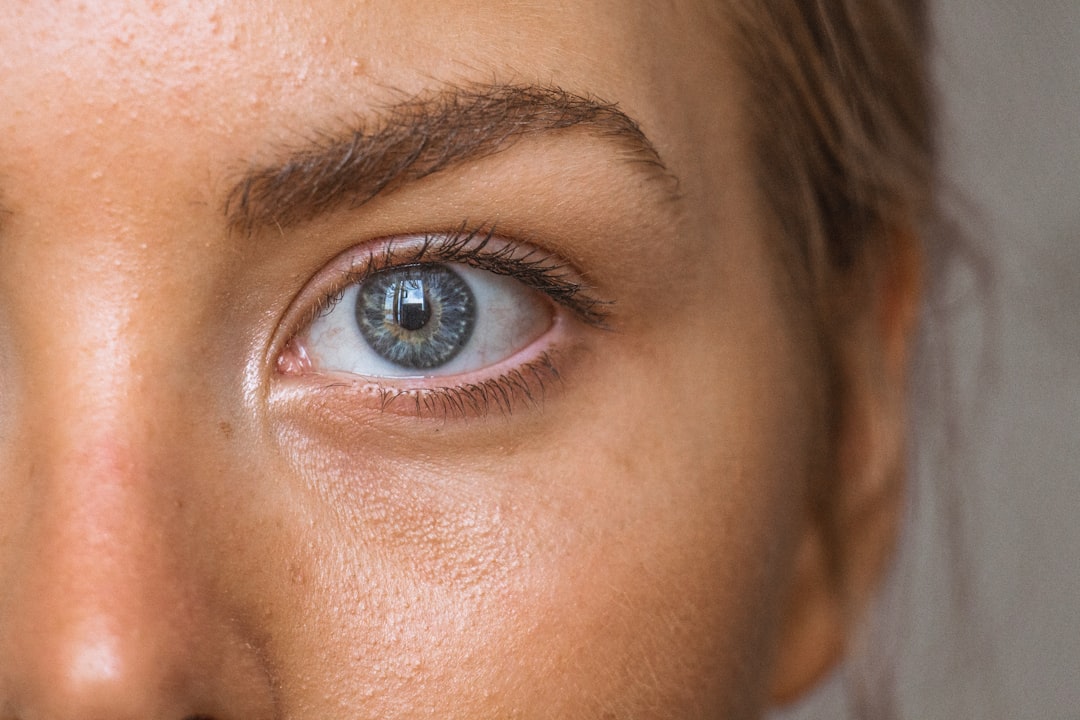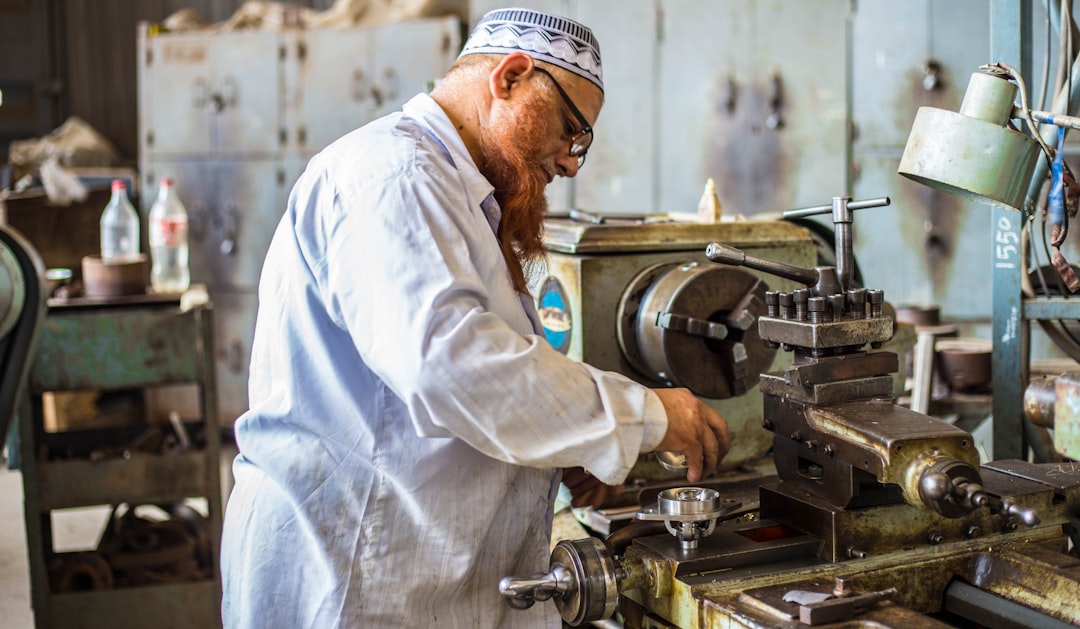What is it about?
An observational study design was used to explore the methods for data capture and possible mechanisms that result in improvement in knee symptoms following in-shoe orthoses prescription. Within the human performance laboratory, we looked at a variety of biomechanical measures that may change from the orthoses.
Featured Image
Why is it important?
Exploration of 'how' the in-shoe foot orthoses have an effect is critical to identifying in 'who' we should be prescribing this type of intervention. It helps us to move away from a generic intervention for all, and towards a more tailored intervention given the specific needs of the individual. It is proposed that this level of understanding can help to improve patient outcomes and treatment effectiveness.
Read the Original
This page is a summary of: The effect of anti-pronation foot orthoses on hip and knee kinematics and muscle activity during a functional step-up task in healthy individuals: A laboratory study, Clinical Biomechanics, February 2014, Elsevier,
DOI: 10.1016/j.clinbiomech.2013.11.015.
You can read the full text:
Contributors
The following have contributed to this page










